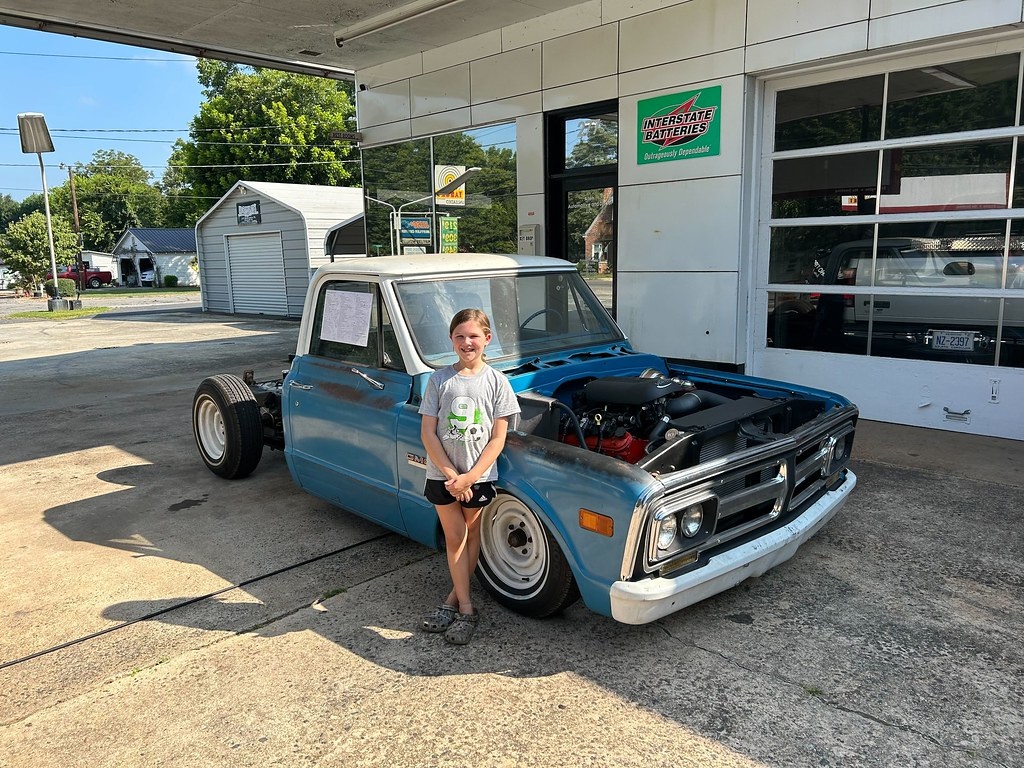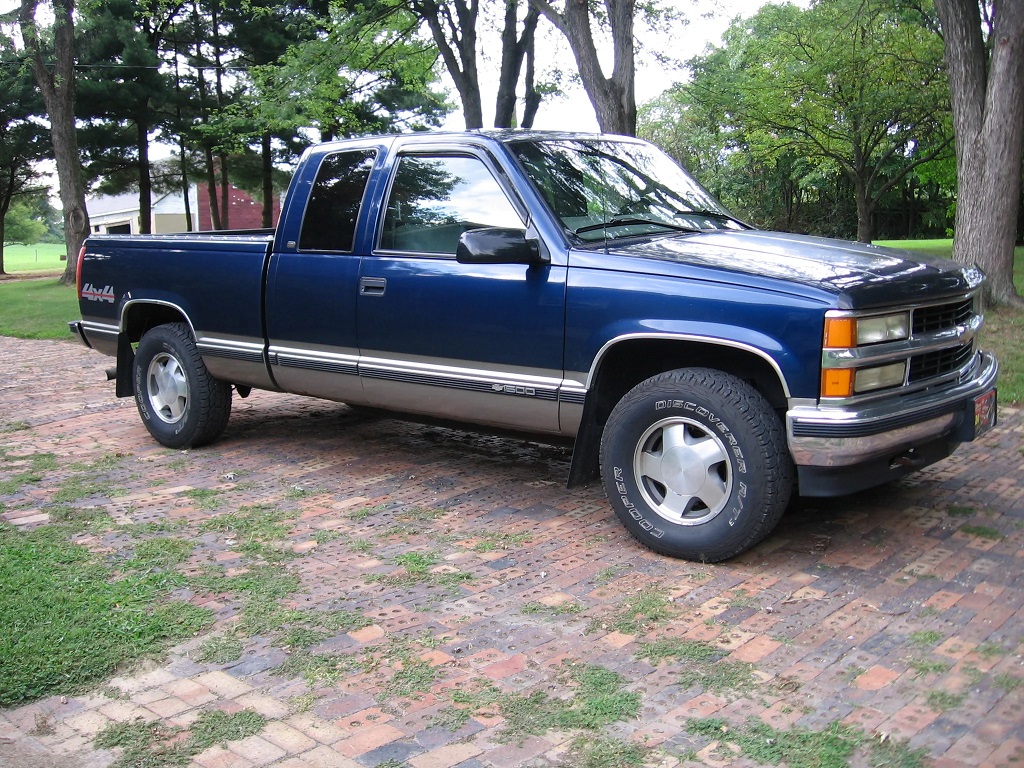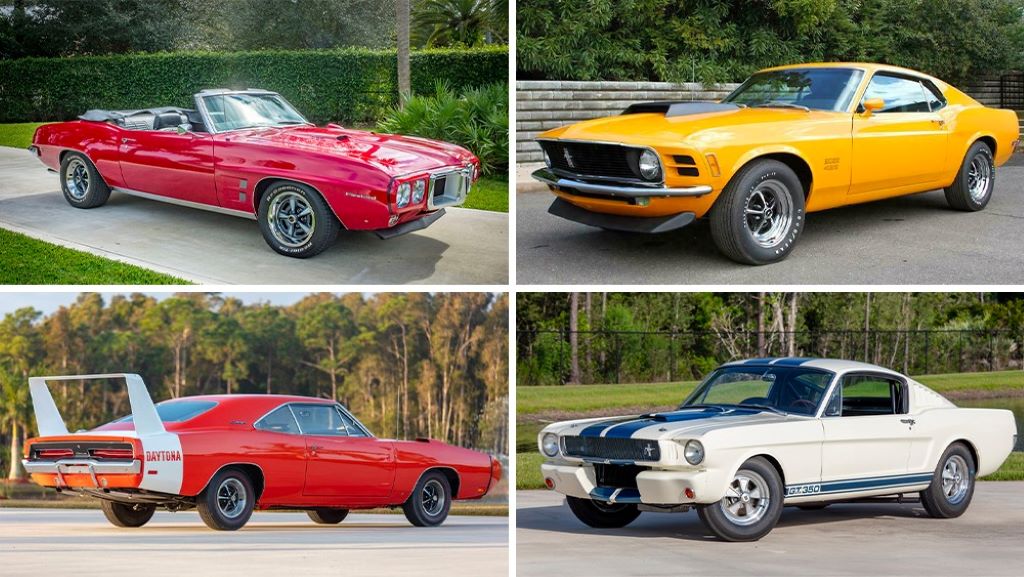Classic car enthusiasts hold a special place in their hearts for Chevrolet’s legendary C/K series trucks, affectionately nicknamed “Action Line” or “Square-Body” trucks (depending on the generation). These robust vehicles, produced from 1960 to 2002, were renowned for their durability and capability. But a question frequently arises amongst car aficionados: Did Chevrolet ever offer a factory-produced double cab truck during the 1967-1972 period?
The Allure of the Double Cab: More Space, More Debate
Double cab trucks, featuring an extended cab with additional seating behind the front row, offer a compelling solution for those who need the hauling capacity of a truck bed but also desire the ability to comfortably seat more passengers. While a common sight on modern roads, their presence in the classic car scene, particularly for the 1967-1972 Chevy trucks, is shrouded in some mystery.
The Official Story: A Single Cab Reign (1967-1972)
According to official documentation and historical records, Chevrolet did not offer a factory-produced double cab option for its C/K series trucks during the 1967-1972 model years. The options available were:
- Regular Cab: The standard option with seating for two passengers.
- Crew Cab (Introduced Later): This configuration, offering seating for up to six passengers, wasn’t introduced by GM until the 1973 model year.
So, Where Does the Double Cab Rumor Come From?
If Chevrolet didn’t offer a double-cab configuration, then how do sightings and photos of these seemingly genuine double-cab Chevy trucks from the 1967-1972 era exist? Here are some possible explanations:
- Aftermarket Conversions: Skilled mechanics and aftermarket companies might have modified regular cabs by extending them and adding additional seats. These modifications, while maintaining the original truck’s core components, wouldn’t be considered factory-produced double cabs.
- Misidentification: Confusion can arise due to the introduction of the Crew Cab in 1973. Some might mistakenly identify a Crew Cab from a later model year as a double cab from the 1967-1972 era.
- Rare Prototypes or One-Offs: While highly unlikely, there’s a minuscule chance that Chevrolet might have produced a limited number of prototype double cab trucks for testing or special purposes. However, there’s no documented evidence to support this theory.
Identifying Authentic Double Cabs: A Closer Look
If you encounter a double-cab Chevy truck claiming to be from the 1967-1972 era, here are some aspects to scrutinize to determine its authenticity:
- Body Seams and Proportions: A factory-produced double cab would exhibit seamless integration between the extended cab and the bed. Aftermarket modifications might show visible body seams or inconsistencies in proportions.
- Interior Features: Look for factory-matching upholstery and additional features like rear seatbelts in a purported double cab. Aftermarket modifications might have mismatched or non-standard features in the rear seating area.
- Documentation: Trace the truck’s history through registration documents or any available build sheets. Factory double cabs from this era would have specific identification codes absent in modified vehicles.
The True Double Cab Successor: The 1973 and Beyond Legacy
While a double cab option wasn’t available from Chevrolet during the 1967-1972 period, the story doesn’t end there. Recognizing the growing market demand, Chevrolet introduced the Crew Cab configuration in the 1973 model year. This marked a turning point, offering a factory-produced solution for those seeking increased passenger capacity without sacrificing truck bed utility.
Beyond the Mystery: Celebrating the C/K Series Legacy
Whether a regular cab, a later-year Crew Cab, or a meticulously modified double cab, the C/K series trucks continue to hold a special place in automotive history. Their enduring popularity signifies the value of durability, capability, and timeless design.
The Final Word: A Celebration of Classic Trucks
The mystery surrounding the existence of double-cab Chevy trucks from the 1967-1972 era adds a layer of intrigue to the C/K series’ legacy. While official records confirm the absence of a factory-produced double cab option during this period, the possibility of skilled aftermarket modifications and the arrival of the Crew Cab in 1973 highlights the evolution of truck design to meet diverse customer needs. So, the next time you encounter a classic Chevy truck, appreciate its history, its enduring functionality, and the ingenuity of those who have kept these timeless vehicles on the road.
Beyond the Double Cab Debate: Exploring the C/K Series Ecosystem
For enthusiasts seeking a double cab experience within the C/K series family, there are alternative paths to consider:
- Crew Cab Hunting: Look for C/K series trucks from 1973 onwards, featuring the factory-produced Crew Cab configuration offering increased passenger capacity.
- The Aftermarket Route: For skilled mechanics or those seeking a unique project, exploring reputable aftermarket conversion companies specializing in double cab modifications for classic trucks is an option. However, thorough research and understanding of potential modifications and safety implications are crucial.
- The Community Connection: The vibrant community of classic truck enthusiasts is a valuable resource. Online forums and car clubs can connect you with individuals who own or have knowledge about double cab C/K series trucks, offering insights and potentially leading you to rare finds.
The Future of Classic Trucks: Preservation and Innovation
The C/K series trucks continue to be a cherished part of automotive history. As these vehicles age, the importance of preservation and responsible modifications becomes paramount.
Here’s what the future might hold:
- The Rise of “Restomods”: Combining classic design with modern amenities and performance upgrades, resto modded C/K series trucks offer a unique blend of nostalgia and innovation.
- The Celebration of Originality: For purists, preserving these classic trucks in their original configuration, including the factory-offered cab styles, ensures their historical significance is maintained.
- A Continued Legacy: The C/K series’ influence on truck design and its enduring popularity amongst enthusiasts guarantees its place in the automotive conversation for generations to come.
Related: Cruisin’ Classics: Chevy vs. GMC – A Tale of Two American Icons
The Takeaway: A Celebration of Classic Chevy Trucks
Whether it’s a meticulously restored regular cab, a later-year Crew Cab, or a well-executed aftermarket double cab, the 1967-1972 Chevy trucks, and the C/K series as a whole, represent an era of automotive excellence. The double cab mystery adds a layer of intrigue to this legacy, but the true story lies in the enduring appeal of these classic vehicles and the passion they inspire within the automotive community.





